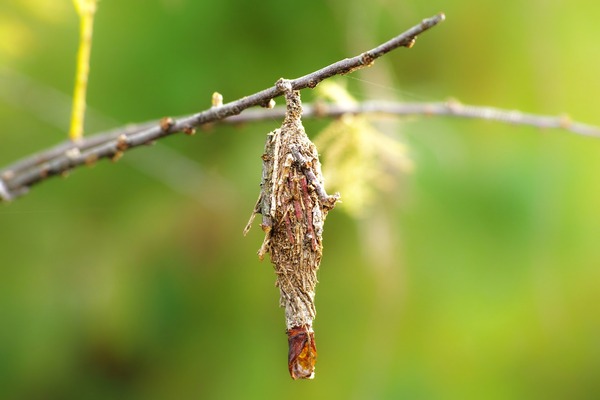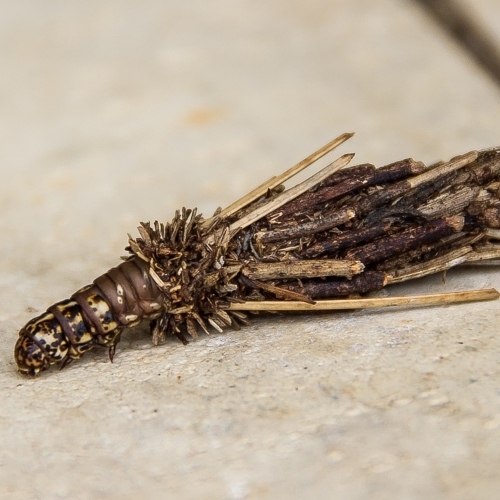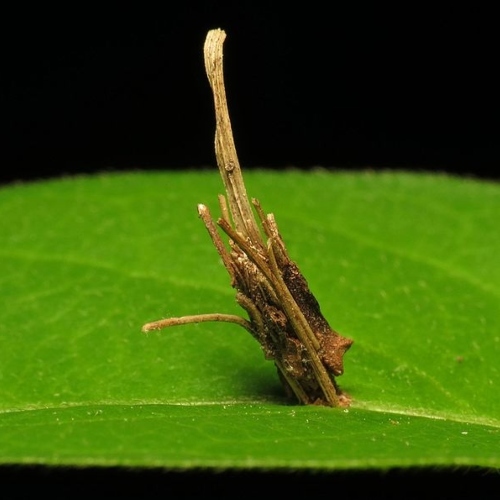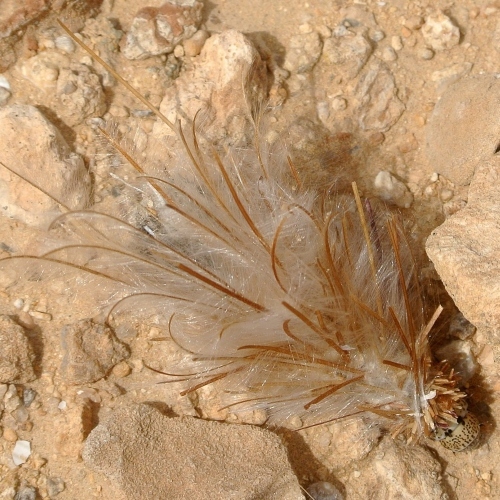Pest of the Month: Bagworms

Pest of the Month: Bagworms
One of the most common tree pests to be aware of is the bagworm. These moths can be quite disastrous when it comes to your property trees. What are they, and what can you do to keep them away?
Here is the Arborist Now complete guide to bagworms, the damage they do to trees, and how to get rid of them completely. Let’s start with what this pest is and what they look like.
What are Bagworms?
Bagworms are also known as case worms or bagmoths. They are typically causing most of their damage as caterpillar larvae.
These pests construct cases for themselves out of different materials in their environment, which can include plants, sand, lichen, soil, and silk. Bagworms will attach these cases to fences, rocks, or, worst of all, your trees.
The bagworm cases will range anywhere from 1 cm up to 15.
Adult male bagworms are typically exceptionally good at flying, they have feathery antennae and well-developed wings. However, they really only survive long enough to reproduce, because their mouths aren’t developed enough to eat. The females of most bagworm species have mouthparts, legs, and vestigial wings.
During the autumn season, the bagworms use their bag to fill with eggs – up to 1,000 of their eggs will fit in one bag.
These eggs will hatch in either late spring or very early summer, meaning that very small black larvae are born. As caterpillars, they use their silk to travel to nearby trees and start building a new bag. They stay in their bags until early fall, then the adult bagworms emerge to mate.
Bagworms are native to North America, however, they are more common in the east part of the country, mostly the East Coast.
What Damage Can Bagworms Do to Your Trees?
So, what damage can bagworms do to your trees?
These pests can do damage to over 100 different species of trees. Most commonly, however, they gravitate towards evergreens like spruce and cedar trees.
Once they have chosen their desired tree, they start eating it. Depending on the tree, they will eat the leaves, buds, etc. Doing this can cause defoliation or even death in some trees. They also wrap their silk around the branch their bags are built on, which could cause decay in that part of the tree.
How to Manage Bagworms in Your Landscaping
When it comes to getting rid of bagworms, you have a few different options depending on the extent of the damage, and how comfortable you are with doing the pest control yourself.
The best way to handle your bagworm problem is by cutting off their bags by hand and destroying them, as well as cut off any silk you see to avoid any branch disease and decay. While this isn’t the most pleasant solution, it’s the best way to completely get rid of these pests altogether.
If you are not comfortable doing this yourself, or if your trees are too damaged to handle without professional help, contact a local, trusted tree care company to assist you.
For those of you in the San Francisco Bay Area, consider contacting Arborist Now for your pest control and tree damage needs. We can assist with getting rid of your bagworms, assessing any tree damage, and ensuring that your trees are still healthy and thriving. Give us a call today to get started!








